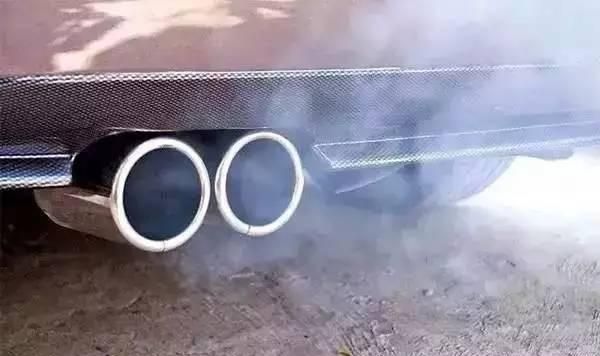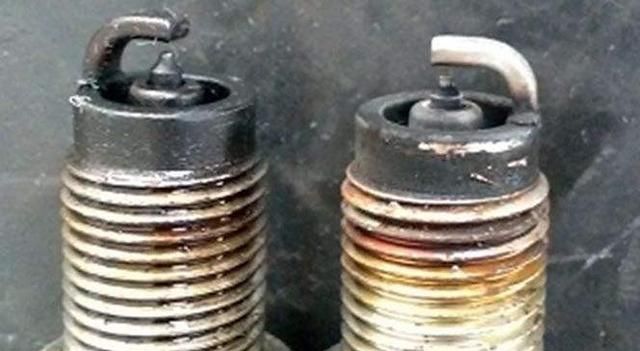Hello! welcome to visit guizhou jingzhong rubber industrial co., ltd official website!
A modern enterprise specializing in the production of automotive rubber parts.
How to determine if a car is burning oil due to aging valve seals? Here are a few tips to find out!
2020-08-13
Regular vehicles require an oil change every 10,000 kilometers, while some vehicles need an oil change every 1,000 kilometers. 80% of oil consumption is caused by aging valve oil seals. Now, let's talk about the issue of automotive valve oil seals. Symptoms of aging or damaged valve oil seals include engine oil consumption and blue smoke from the exhaust pipe. Secondly, carbon buildup on spark plugs leads to a decrease in vehicle power. Thirdly, reduced sealing performance will result in insufficient pressure in the engine cylinders, which will also reduce the vehicle's power. Fourthly, the rate of oil consumption increases. In severe cases, the engine will lack cooling and lubrication, leading to cylinder scoring. Carbon buildup on spark plugs: 1. Aging and oil leakage can occur when foreign objects and dust enter the pipeline during installation, causing seal damage and oil leakage. 2. Poor assembly leading to seal damage can cause oil leakage. 3. Incorrect installation direction of the seal can result in oil leakage. 4. When the grease on the oil seal disappears, dry friction occurs. Mechanical wear will quickly wear it down. 5. Eccentric wear occurs between the oil seal and the rotating shaft on different axes, leading to abnormal wear of the lip edge. 6. The tightness of the spring does not meet process requirements. If it is too tight, it can cause improper fitting of the oil seal to the shaft and abnormal wear. If it is too loose, the pressure will be too low to compress it, thus failing to achieve a sealing effect.
Ordinary vehicles need an oil change every 10,000 kilometers, while some vehicles require an oil change every 1,000 kilometers. 80% of oil burning is caused by aging valve oil seals, so let's talk about the issue of automotive valve oil seals.

Symptoms of aging or damaged valve oil seals include engine oil burning, and the exhaust pipe will emit blue smoke.
Secondly, carbon buildup on the spark plugs leads to a decrease in vehicle power.
Thirdly, a decrease in sealing performance will lead to insufficient pressure in the engine cylinders, and the vehicle's power will also decrease.
Fourthly, the speed of oil burning increases. In severe cases, the engine will lack cooling and lubrication, leading to cylinder scoring.

Carbon buildup on the spark plugs
1. Aging and oil leakage reasons: foreign objects and dust entering the pipeline during installation can cause sealing damage and oil leakage.
2. Poor assembly leading to sealing damage can cause oil leakage.
3. Incorrect installation direction of the seal can cause oil leakage.
4. When the grease on the oil seal disappears, dry friction occurs. Mechanical wear will quickly smooth it out.
5. Eccentric wear occurs between the oil seal and the rotating shaft on different axes, leading to abnormal wear of the lip edge.
6. The tightness of the spring does not meet process requirements. If it is too tight, it will cause improper fit and abnormal wear of the oil seal and rotating shaft. If it is too loose, the pressure will be too low to compress it tightly, thus failing to achieve a sealing effect.

Related Documents
Related News
Contact Phone:0851-84766639,84762222
Fax:0851-84761565
E-mail:jingzhongrubber@163.com
Company address: 150 Kechuang South Road, Shawen Industrial Park, Baiyun District, Guiyang City

Mobile phone sweep
Visit Jingzhong rubber mobile phone website
COOKIES
Our website uses cookies and similar technologies to personalize the advertising shown to you and to help you get the best experience on our website. For more information, see our Privacy & Cookie Policy
COOKIES
Our website uses cookies and similar technologies to personalize the advertising shown to you and to help you get the best experience on our website. For more information, see our Privacy & Cookie Policy
These cookies are necessary for basic functions such as payment. Standard cookies cannot be turned off and do not store any of your information.
These cookies collect information, such as how many people are using our site or which pages are popular, to help us improve the customer experience. Turning these cookies off will mean we can't collect information to improve your experience.
These cookies enable the website to provide enhanced functionality and personalization. They may be set by us or by third-party providers whose services we have added to our pages. If you do not allow these cookies, some or all of these services may not function properly.
These cookies help us understand what you are interested in so that we can show you relevant advertising on other websites. Turning these cookies off will mean we are unable to show you any personalized advertising.
Copyright © Guizhou Jingzhong Rubber and Plastic Industry Co., Ltd. 2024 (jzrubber.cn) All Rights Reserved. Website construction:China Enterprise Power Guiyang  Guizhou Public Security Network Security Record No. 52011302004739
Guizhou Public Security Network Security Record No. 52011302004739



